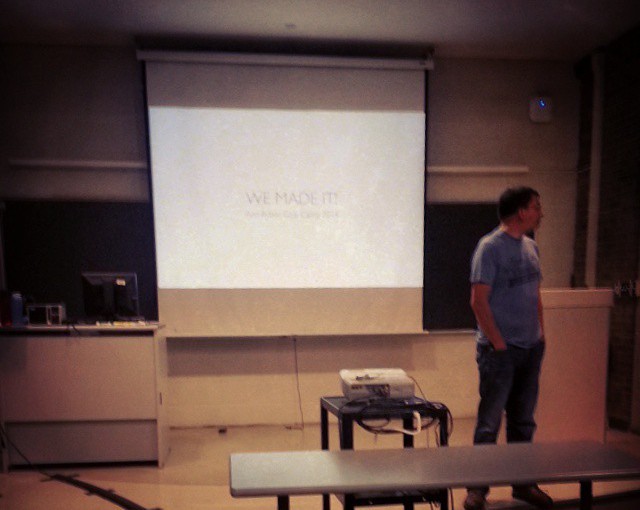Recently, a colleague wanted to update our corporate profile on a well-known website for sharing interview experiences; we will call them Brickwindow. When signing up for a free corporate account, he filled out the fields honestly, stating his name, his job title, and checking the box that stated he represented HR, which he does as part of his various duties. 24 hours later (or thereabouts), the response came back saying that Brickwindow were not permitting him to open the account as his job title wasn't HR-related. They would need a C-level employee or member of the HR department to verify his authority (or to open the account themselves).
Here's the issue. Our organization does not have an HR department or traditional C-level employees like CEO, CFO or CTO. Just as we are trusted to make good software engineering decisions, we are trusted to make good decisions in other aspects of the business, including who we hire. There are no managers, no Chief Gubbins Officers, and no HR departments. So, my colleague wrote back to Brickwindow outlining how our company structure just does not fit their rules. He assured them that he is authorized to make HR decisions. Shortly thereafter, they responded reiterating that he could not have the account and asserting that they are committed to the security of their users.
So, I signed up.
I have the same job title as my colleague, but since we can choose our own job titles, I temporarily promoted myself to Assistant to the Director of HR. After submitting my application, I pondered on how they might verify this and quickly updated my LinkedIn profile to state the same title1. About thirty minutes later I had an account. It was that easy. My colleague had just been too honest. As for the commitment to user security, Brickwindow sent me my new user name and password in plain text. Brilliant2. I quickly changed it and then forwarded the account details to my colleague so he could continue with the task he had attempted to do the day before.
I think this tale serves as a great example of how we can get bogged down in process and miss the purpose of an activity altogether. In trying to make sure that no one could just create an account for any old company, Brickwindow made assumptions about its corporate user base that meant they could not adapt when faced with something that did not conform. Not only that, but they were so busy trying to enforce those assumptions, they missed the glaring loopholes. All they managed to achieve was a huge waste of time; theirs and ours. This had been an opportunity for Brickwindow to demonstrate they are forward thinking and adaptable, but instead they made it clear they are stuck in the past with the monolithic corporate structures of C-level employees and middle management. In the end, they failed on three major points: identity, roles, and security. We only persevered because we appreciate the primary service provided by Brickwindow.
So, next time you are faced with a situation that does not fit the script, consider whether the script needs to change before trying to change the situation. These conflicts are an opportunity to impress, not stick to rigid rules that don't even achieve the goals they intend to.
If you have any similar tales of well-intentioned processes gone wrong, or corporate dogma that gets in the way, please post them in the comments.
As for me, I have since demoted myself back to a Senior UX Engineer (a title I had chosen when I found out I would be speaking at CodeMash 2.0.1.4). It turns out HR was just not a good fit for me.







